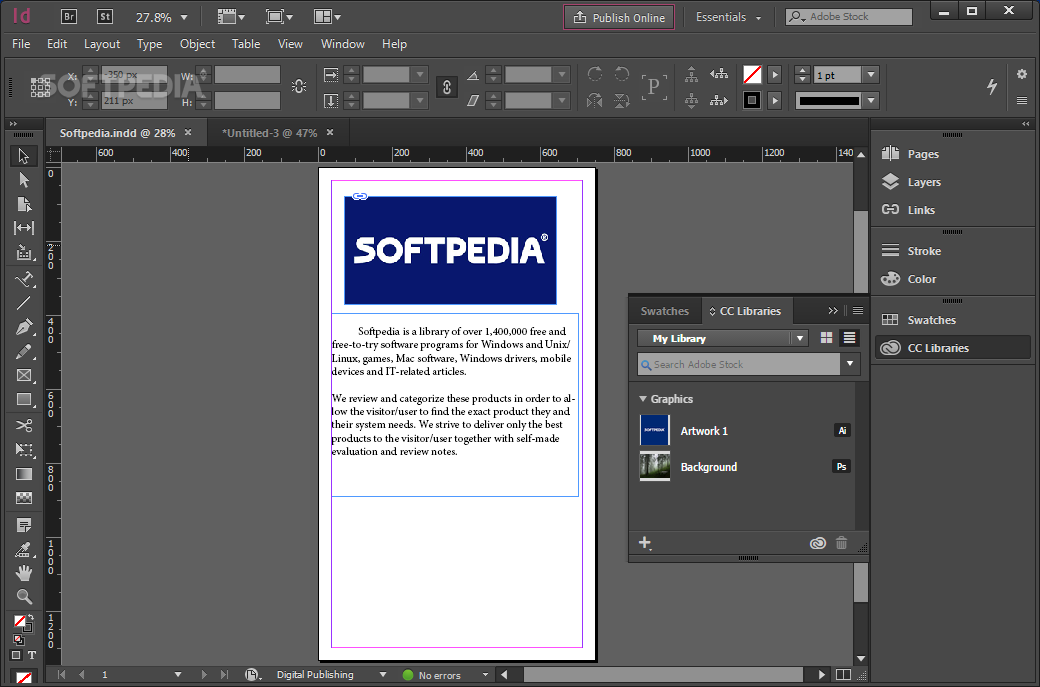


So in conclusion in native Word a good user can create sophisticated and disciplined documents. In contrast every InDesign user will recognise the process of setting up paragraph styles or style sheets. Section breaks are enormously powerful but they can be very confusing and are arguably the biggest source of frustration in Word. To change the page type you need to add a ‘ Section break‘. Word – when you write more than fits on a page Word generates another page in the same format (same orientation, same margins, same headers and footers etc). InDesign – when a page or text box is full you need to select a new page layout or spread layout (from options you have already created) and then link the text boxes.

The key difference, which trips up users, is the way you create a new page or change page type. But that’s only because I only use it very rarely. But for me to use InDesign is also a nightmare. So if you try to work with Word as if it is an InDesign file it is a nightmare. So it creates new pages automatically and images are embedded and compressed by default edited to 220 dpi which is fine for most office printers. Word assumes you just need to be able to write and edit a document as efficiently as possible. Images (which can be very large) are saved outside the file. You can use CMYK graphics, prepare artwork, add bleed or plan a document. InDesign anticipates that it will ultimately send the file to professional print. It is a clue to the ultimate objective behind the two programmes. For our money that is normally the response of someone who hasn’t stopped to consider the differences.īy and large InDesign users come from the design or marketing community and Word users come in every shape and size (excluding designers). If you use Adobe InDesign the normal comment on Microsoft Word is: IT’S RUBBISH.


 0 kommentar(er)
0 kommentar(er)
